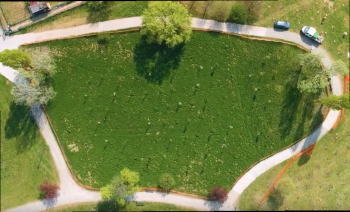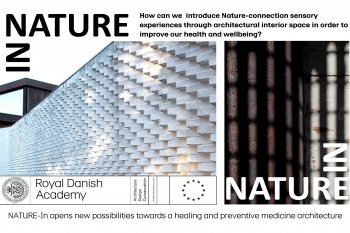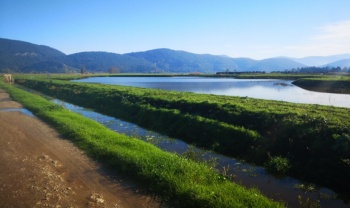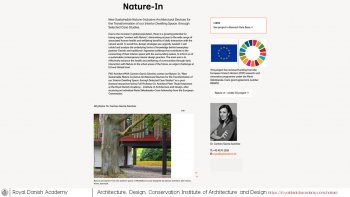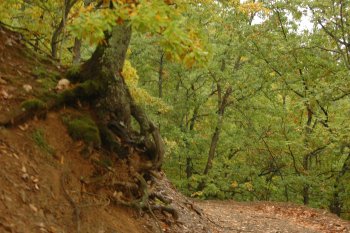New soil production in Sangone Park
Given competition of land uses in urban areas, the scarcity of the resource soil endangers urban environments. Contamination, poor chemical, physical and biological fertility and high heterogeneity are common traits of urban soils. Previous and ongoing projects have typified soils, fertility and environmental quality.
Therefore, the NbS aims at:
- testing and providing soil of good agronomical and environmental quality for new urban green areas and restoration of derelict industrial areas.
- pursuing minimum maintenance of new soil composition. ...

